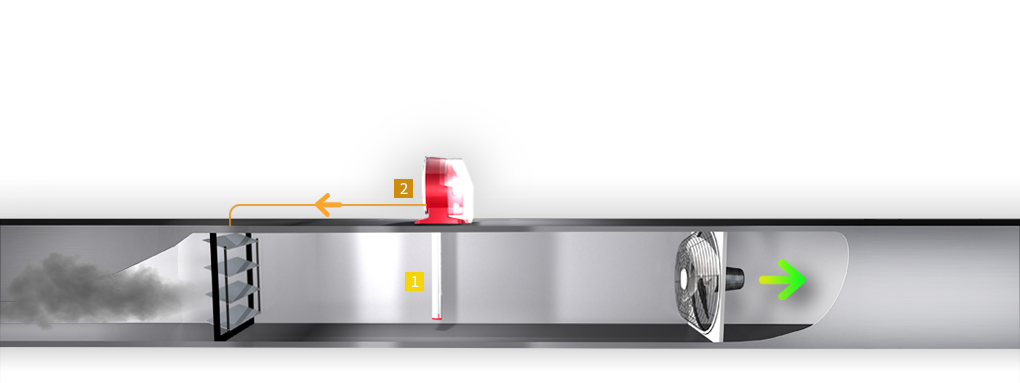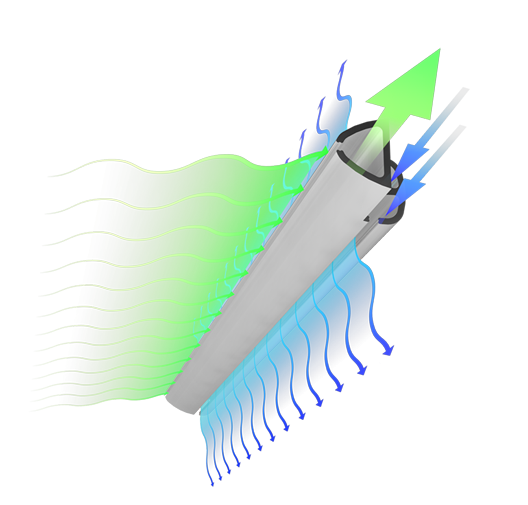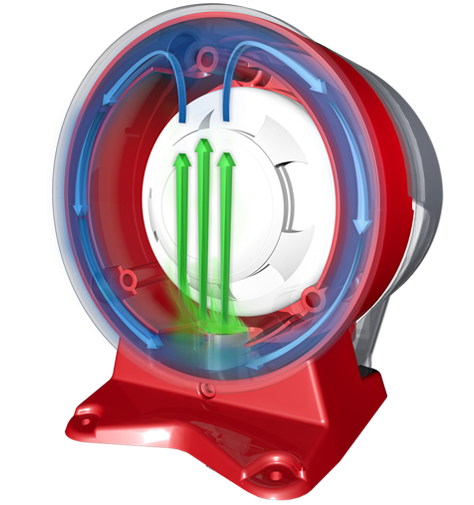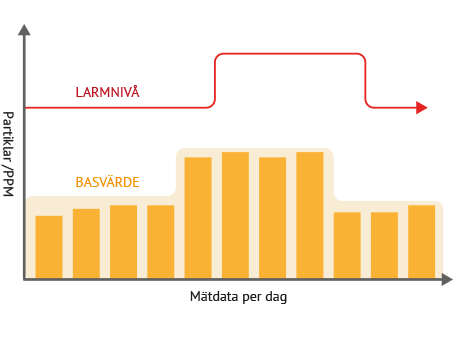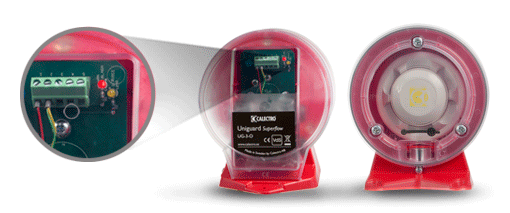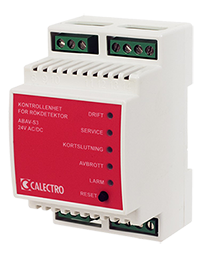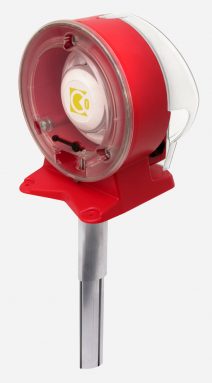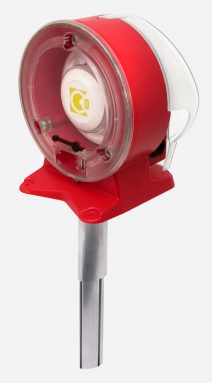- Nödvändiga cookies låter dig använda webbplatsen genom att aktivera grundläggande funktioner, såsom sidnavigering och åtkomst till säkra områden på webbplatsen. Webbplatsen fungerar inte korrekt utan dessa cookies.
- Cookiebot1Läs mer om den här leverantörenCookieConsentIndikerar medgivande för cookies.
- Google2Läs mer om den här leverantören
Some of the data collected by this provider is for the purposes of personalization and measuring advertising effectiveness.
rc::aThis cookie is used to distinguish between humans and bots. This is beneficial for the website, in order to make valid reports on the use of their website.rc::cThis cookie is used to distinguish between humans and bots. - Usercentrics GmbH1Läs mer om den här leverantören1.gifUsed to count the number of sessions to the website, necessary for optimizing CMP product delivery.
- www.calectro.com2PHPSESSIDPreserves user session state across page requests.wpEmojiSettingsSupportsThis cookie is part of a bundle of cookies which serve the purpose of content delivery and presentation. The cookies keep the correct state of font, blog/picture sliders, color themes and other website settings.
- Cookiebot
- Cookies för inställningar låter en webbplats komma ihåg information som ändrar hur webbplatsen fungerar eller visas. Detta kan t.ex. vara föredraget språk eller regionen du befinner dig i.
- www.calectro.com1wp-wpml_current_languageDesignates the country code that is calculated based on the user's IP address. Used to determine what language should be used for the visitor.
- www.calectro.com
- Cookies för statistik hjälper en webbplatsägare att förstå hur besökare interagerar med webbplatser genom att samla och rapportera in information anonymt.
- Google4Läs mer om den här leverantören
Some of the data collected by this provider is for the purposes of personalization and measuring advertising effectiveness.
_gaGoogle analytics, _ga används för att förstå hur besökaren navigerar runt på webbplatsen_ga_#Used by Google Analytics to collect data on the number of times a user has visited the website as well as dates for the first and most recent visit._gatUsed by Google Analytics to throttle request rate_gidGoogle analytics, _gid används för att förstå hur besökaren navigerar runt på webbplatsen
- Google
- Cookies för marknadsföring används för att spåra besökare på webbplatser. Avsikten är att visa annonser som är relevanta och engagerande för enskilda användare, och därmed mer värdefull för utgivare och tredjepartsannonsörer.
- Google1Läs mer om den här leverantören
Some of the data collected by this provider is for the purposes of personalization and measuring advertising effectiveness.
NIDRegisters a unique ID that identifies a returning user's device. The ID is used for targeted ads. - YouTube33Läs mer om den här leverantören#-# [x2]Used to track user’s interaction with embedded content.iU5q-!O9@[#COOKIETABLE_ADVERTISING#]nbsp;[x2]Registers a unique ID to keep statistics of what videos from YouTube the user has seen.LAST_RESULT_ENTRY_KEY [x2]Used to track user’s interaction with embedded content.nextIdUsed to track user’s interaction with embedded content.requestsUsed to track user’s interaction with embedded content.yt.innertube::nextIdRegisters a unique ID to keep statistics of what videos from YouTube the user has seen.ytidb::LAST_RESULT_ENTRY_KEY [x2]Used to track user’s interaction with embedded content.YtIdbMeta#databases [x2]Used to track user’s interaction with embedded content.yt-remote-cast-available [x2]Stores the user's video player preferences using embedded YouTube videoyt-remote-cast-installed [x2]Stores the user's video player preferences using embedded YouTube videoyt-remote-connected-devices [x2]Stores the user's video player preferences using embedded YouTube videoyt-remote-device-id [x2]Stores the user's video player preferences using embedded YouTube videoyt-remote-fast-check-period [x2]Stores the user's video player preferences using embedded YouTube videoyt-remote-session-app [x2]Stores the user's video player preferences using embedded YouTube videoyt-remote-session-name [x2]Stores the user's video player preferences using embedded YouTube video__Secure-ROLLOUT_TOKENVäntandeLogsDatabaseV2:V#||LogsRequestsStoreUsed to track user’s interaction with embedded content.remote_sidNecessary for the implementation and functionality of YouTube video-content on the website.TESTCOOKIESENABLEDUsed to track user’s interaction with embedded content.VISITOR_INFO1_LIVETries to estimate the users' bandwidth on pages with integrated YouTube videos.YSCRegisters a unique ID to keep statistics of what videos from YouTube the user has seen.
- Google
- Oklassificerade cookies är cookies som håller på att klassificeras tillsammans med utfärdarna av enskilda cookies.
Vi använder inte cookies av den här typen
Lagen säger att vi får lagra cookies på din enhet om de är absolut nödvändiga för att kunna använda den här webbplatsen. För alla andra ändamål krävs ditt medgivande.
Denna webbplats använder olika typer av cookies. Vissa cookies placeras ut av tredjepartstjänster som visas på våra sidor.
Du kan ändra eller dra tillbaka ditt samtycke till cookie-förklaringen på vår webbplats.
Läs mer i vår sekretesspolicy om vilka vi är, hur du kontaktar oss och på vilket sätt vi behandlar personuppgifter.
Ange ditt samtyckes-ID och datum för när du kontaktade oss gällande ditt samtycke.
